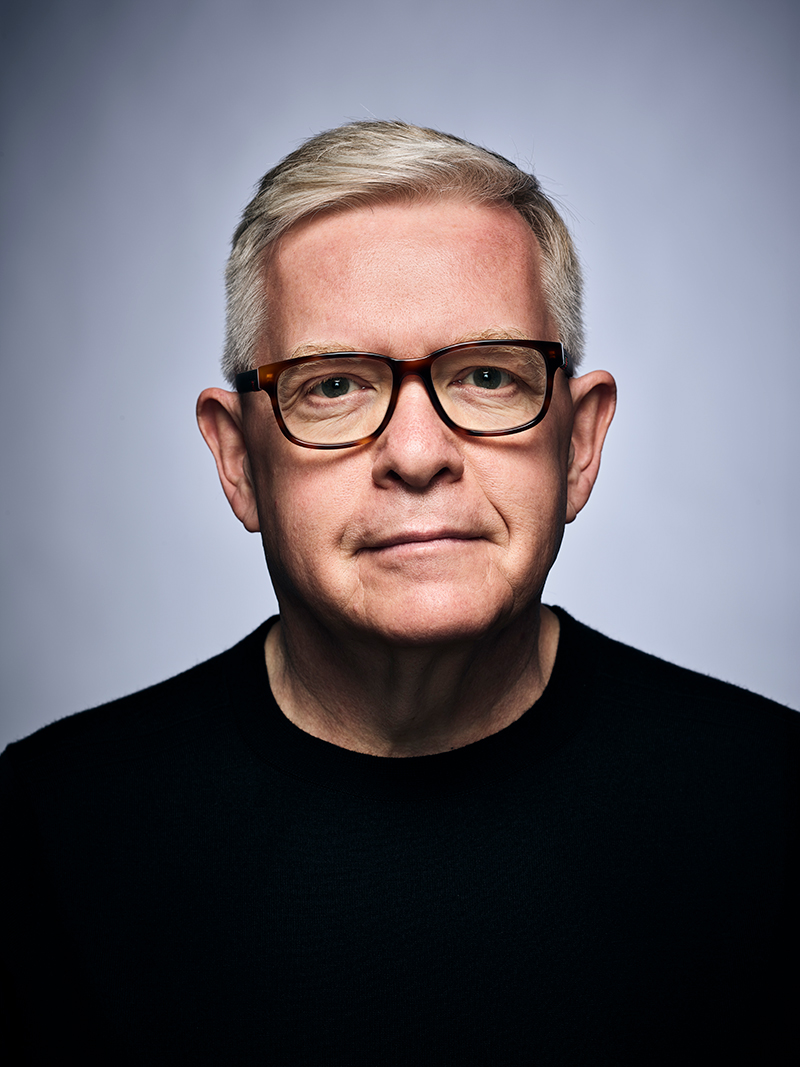Dear Friends of Music,

Happy New Year from the Cincinnati Symphony Orchestra and Cincinnati Pops!
As the calendar turns to 2025, I am at the beginning of a new chapter of my life, as I plan to retire on February 16, 2025 after seven years as President and CEO of the Cincinnati Symphony Orchestra.
This period of leading the CSO, a community that loves and nurtures the performing arts, has been unquestionably the highlight of my 45 years in the American orchestra field. Together we have celebrated the Orchestra’s 125th anniversary season, found new ways of connecting during the Covid-19 pandemic, honored the legacy of Louis Langrée and found inspiration in the appointment of our new Music Director Cristian Mӑcelaru. What we have accomplished together is nothing short of extraordinary.
When I began at the CSO in 2017, the organization embarked on developing a new long-term strategic plan. The result was a plan to innovate the ways in which we present and experience classical music for 21st century audiences. This plan inspired the creation of the CSO Proof series. CSO Proof is an incubator for pioneering new concert formats and experiences, which launched in 2019. Since then, the CSO has presented 10 CSO Proof concerts with experiences ranging from vogue ballroom culture in Singulis et Simul (2020), multimedia in ANNO (2021), an immersive Havana night club experience in Surrealist El Tropical (2023) to participatory tango in the upcoming Tango Lab (March 27, 2025).
Our strategic initiatives also led the organization to amplify and recommit to inclusion at all levels while focusing on strategies to address systemic underrepresentation of BIPOC people in orchestra music, both on and off the stage. The CSO became one of the first American orchestras to create, and the first to endow, a Chief Diversity & Inclusion Officer position on its administrative team, ensuring that best practices are present in every facet of the organization. To bring music beyond the walls of Music Hall and create community, the CSO created the Brady Block Party series. These free outdoor concerts take place in neighborhood parks across the City of Cincinnati, bringing communities together around music.
I am proud of the strength of our entire institution, which includes Music and Event Management, Inc (MEMI), and its broadened service to our community. While my decision to retire is bittersweet for me personally, it was made less so by knowing that the CSO is a strong, stable organization with fabulous musicians, an extraordinarily talented Music Director Designate, a dedicated Board of Directors and an administrative staff that is the envy of the orchestra industry.
As I look toward retirement and spending time with my family, I will forever cherish the memories we have created together and the music we have heard together, but most of all I will remember the sheer love this community has for its Orchestra. Thank you to the musicians of the Orchestra, our artistic leaders, Board of Directors, technical crew, administrative staff, donors and to you, our dedicated audience members, for making the last seven years of my career so special and meaningful. It has been an honor to serve the community with the Cincinnati Symphony Orchestra.
With a thankful heart,

Jonathan Martin